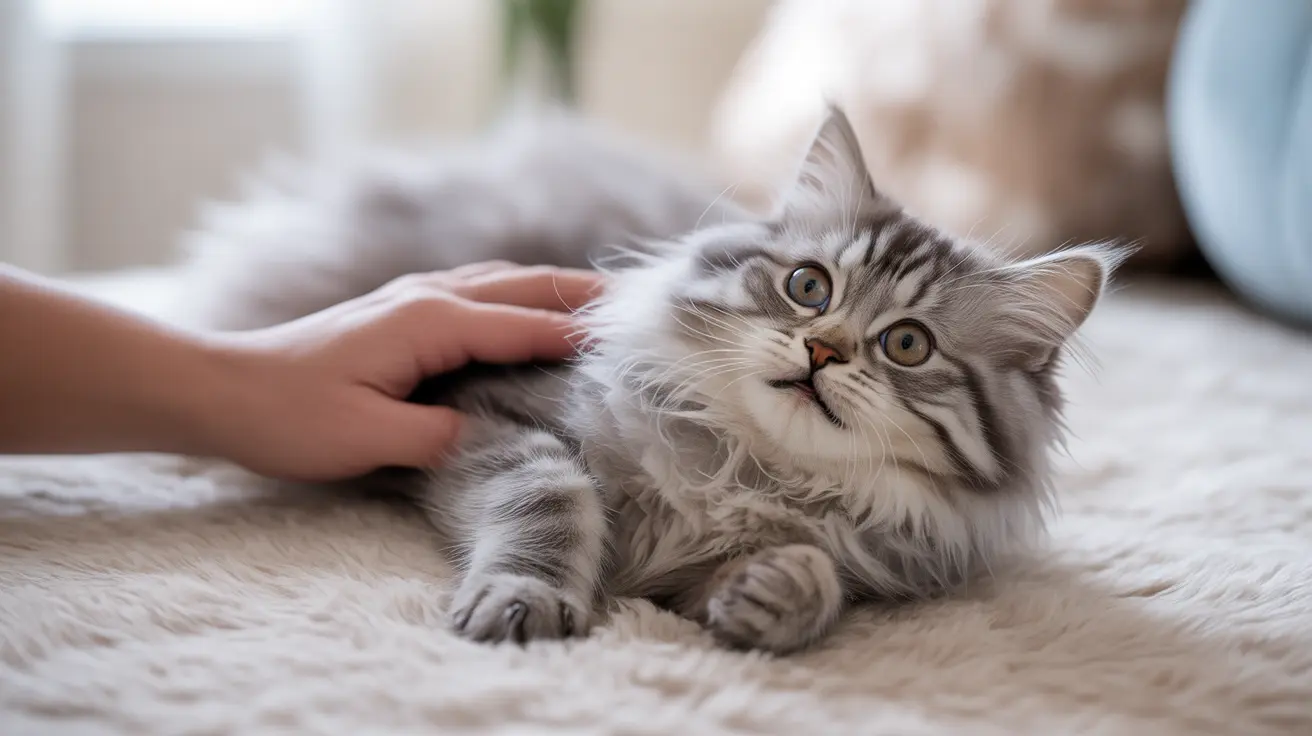Understanding Clinginess in Dogs: When Affection Becomes a Concern
Dogs are beloved companions, known for their loyalty and affectionate nature. Their desire for physical contact and close interaction with humans is deeply rooted in their pack ancestry and supported by scientific evidence. However, there can be a tipping point when a dog becomes too clingy, potentially affecting both the pet's and owner's well-being.
Why Dogs Crave Physical Contact
Dogs are social animals, and gentle physical touch such as petting mimics grooming behaviors in the wild. This type of contact builds trust, reinforces social bonds, and provides comfort. Scientific studies show that petting releases oxytocin, also known as the “love hormone,” in both dogs and humans. The benefits of petting include:
- Reduced stress for both dogs and owners
- Stronger emotional bonds
- Improved behavior and reduced anxiety in dogs
- Sensory stimulation from nerve endings in the skin
Identifying Preferred Petting Areas
Most dogs enjoy being petted in certain areas. Common preferred spots include:
- Chest
- Shoulders and neck
- Under the chin
- Behind the ears
- Base of the tail
Petting in these areas often produces signs of enjoyment like a relaxed posture, tail wagging, or leaning into the touch. However, some dogs may not enjoy petting on their head, paws, tail, or belly—especially if they’re unfamiliar with the person.
Signs of Healthy Affection
A healthy human-dog bond involves balanced interaction. Signs of healthy affection include:
- Initiating contact but also being comfortable alone
- Positive response to petting without becoming anxious when it stops
- Relaxed and calm behavior at home
When Clinginess Becomes Problematic
While affection is beneficial, excessive clinginess can create issues. Signs that a dog is too clingy include:
- Constantly following the owner around the house
- Showing distress when left alone or separated
- Panting, whining, or pacing without contact
- Inability to relax without physical touch
- Demanding petting or attention persistently
This level of attachment may indicate separation anxiety or unmet emotional needs and can lead to behavioral problems.
Causes of Excessive Clinginess
Clingy behavior often stems from:
- Past trauma or neglect
- Lack of socialization
- Medical conditions causing discomfort or insecurity
- Changes in environment, such as moving or a new family member
- Over-reinforcement of affection-seeking behaviors
Managing Clingy Behavior
If your dog is too clingy, the solution involves creating structure, independence, and confidence. Tips include:
- Ignore demanding behaviors: Avoid rewarding attention-seeking that becomes excessive.
- Encourage independence: Use puzzle toys or independent play to build confidence.
- Routine training: Teach commands like “stay” and “go to your bed” to set healthy boundaries.
- Provide enrichment: Daily walks, interactive toys, and mental stimulation reduce anxiety.
- Gradual separation training: Leave the room for short periods and build up gradually to reduce distress.
When to Seek Help
If your dog exhibits signs of severe anxiety or clinginess that disrupts daily life, consult a veterinarian or animal behaviorist. There may be underlying issues such as:
- Undiagnosed pain or illness
- Anxiety disorders
- Past trauma requiring behavioral therapy
Respecting Your Dog’s Boundaries
While petting can be soothing, over-petting can overstimulate a dog. Watch for signs of discomfort, which may include:
- Pulled back ears
- Lip licking, yawning
- Tensing up
- Moving away
Let the dog initiate contact and pay close attention to their body language. Remember that not all dogs enjoy petting in the same way or in all circumstances—such as when they’re eating, sleeping, or unwell.
Conclusion
Petting your dog is a vital way to show love, build trust, and improve well-being—for both of you. However, affection should be balanced. Excessive clinginess might be a sign of deeper issues such as insecurity or anxiety. By understanding your dog's cues, respecting their boundaries, and promoting independence, you can foster a strong yet healthy bond built on mutual affection and trust.





